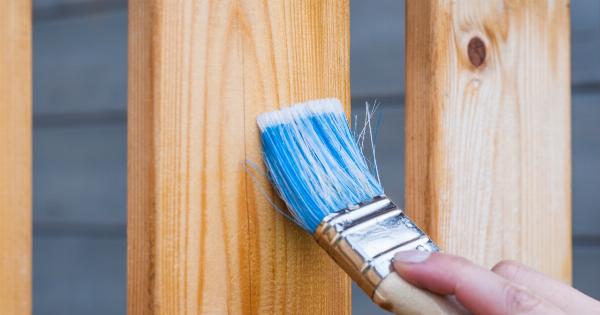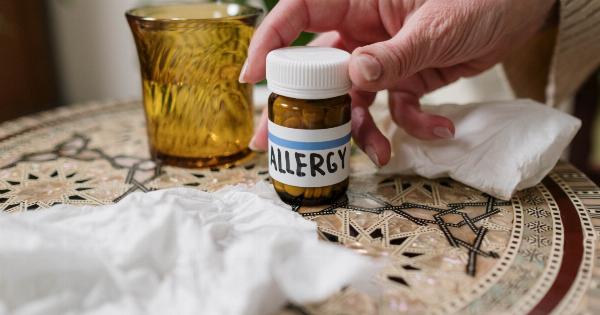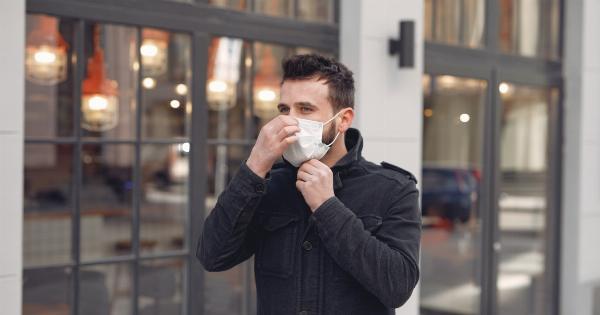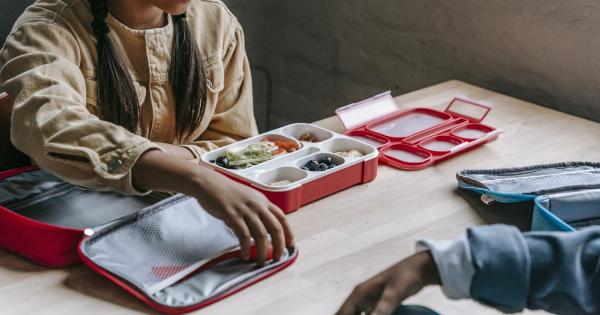Allergies are becoming increasingly common among children, and as a mother, it is crucial for you to take proactive steps to shield your child from these allergens.
With the right knowledge and preventive measures, you can provide a safe and healthy environment for your little one. This article will discuss various ways in which you can protect your child from allergies and fulfill your role as a responsible mother.
Understanding Allergies
Before taking steps to shield your child from allergies, it is essential to understand what allergies are and how they affect the body. Allergies are a result of the immune system’s hypersensitivity to certain substances known as allergens.
Common allergens include pollen, dust mites, pet dander, and certain foods. When a child with allergies comes into contact with an allergen, their immune system overreacts, leading to various symptoms such as sneezing, itching, hives, or even anaphylaxis in severe cases.
Identifying Allergens
The first step in shielding your child from allergies is identifying the specific allergens that trigger their symptoms. This can be achieved through allergy testing, which may involve skin-prick tests or blood tests.
Consulting with a pediatric allergist will help you determine the exact allergens your child is sensitive to.
Creating a Clean and Safe Home
It is vital to maintain a clean and allergen-free home environment to minimize your child’s exposure to triggers. Regularly vacuuming and dusting your home will help eliminate dust mites and pet dander, which are common indoor allergens.
Consider using hypoallergenic bedding and pillow covers to reduce exposure during sleep. Avoid using scented candles or air fresheners, as these can also trigger allergies in some individuals.
Implementing a Healthy Diet
Diet plays a crucial role in managing allergies, especially when it comes to food allergies. Consult with a pediatrician or a dietitian to create a well-balanced and nutritious diet that caters to your child’s specific allergies.
By eliminating allergenic foods and introducing suitable alternatives, you can prevent allergic reactions and promote your child’s overall health.
Teaching Good Hygiene Practices
Instilling good hygiene practices in your child is essential for reducing the risk of allergies. Encourage regular handwashing, especially before meals and after outdoor activities.
Teach your child to avoid touching their face or rubbing their eyes, as this can transfer allergens from their hands to sensitive areas.
Minimizing Outdoor Exposure
Outdoor allergens such as pollen and mold can trigger allergies in susceptible individuals. Keeping an eye on pollen forecasts and trying to limit your child’s outdoor activities during peak pollen seasons can significantly reduce their exposure.
If your child does spend time outside, make sure they shower and change clothes afterward to remove any allergens that may have accumulated on their skin or clothing.
Educating Teachers and Caregivers
Whether your child attends school or daycare, it is essential to educate their teachers and caregivers about their allergies.
Provide them with a detailed list of allergens your child is sensitive to and discuss necessary precautions, such as avoiding specific foods or ensuring proper cleaning practices in shared spaces. Regular communication and collaboration with the school or daycare staff will help create a safer environment for your child.
Promoting Allergy Awareness
Raising awareness about allergies among both children and adults in your community can contribute to a safer environment for everyone.
Encourage your child’s school or other community organizations to organize allergy awareness campaigns, educational sessions, or workshops. By promoting understanding and empathy towards those with allergies, you can foster a supportive and inclusive community.
Having an Emergency Action Plan
Despite your best efforts, an allergic reaction may still occur. It is crucial to have an emergency action plan in place in case of severe allergic reactions, especially if your child has a known history of anaphylaxis.
Make sure you and other caregivers are familiar with the signs and symptoms of anaphylaxis and know how to administer an epinephrine auto-injector. Consult with your child’s pediatrician to create an individualized emergency action plan that suits their specific needs.
Encouraging Allergy Testing and Proper Diagnosis
If you suspect your child may be experiencing allergies but are unsure about the specific triggers, it is essential to consult with a healthcare professional for proper diagnosis.
Allergy testing can help determine the underlying cause of your child’s symptoms and guide you in developing an appropriate allergy management plan.



























